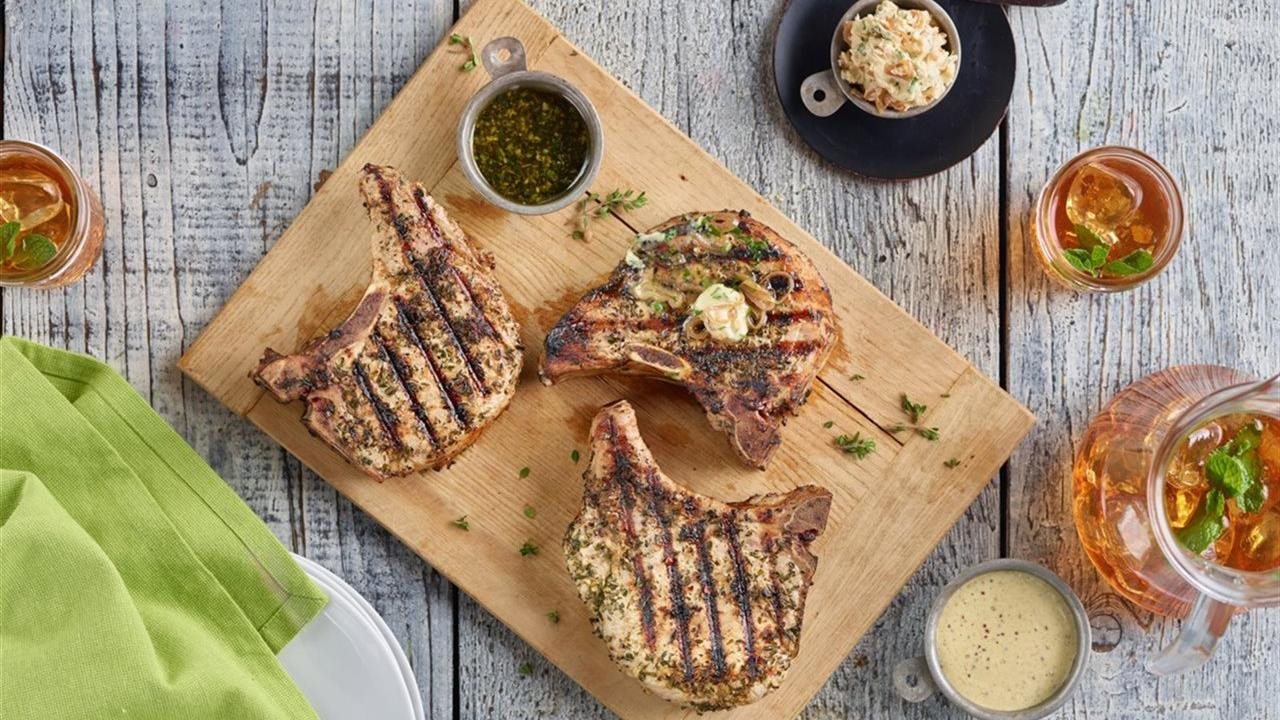2018-02-26T08:01:00
(BPT) – Whether you have a new baby, toddler, big kid or teen, life is busy when you have kids. From play dates to playoffs, busy moms need to stay fueled to feel their best. However, being so busy can mean forgetting about healthy snacking. Fortunately with a few tips and tricks, eating right on the go doesn’t have to be difficult.
The first step is to be prepared before hunger strikes. Stock up on plastic or stainless steel containers that are easy to tote in purses or backpacks. Then, make a shopping list so your fridge and cupboards are full of wholesome snacks. By removing temptation of junk food, you make it easy to snack well.
Here are six easy (and tasty!) snack ideas for busy moms. No matter where your day takes you, you’ll be ready with nutrient-rich snacks easy for eating on the go.
1. Cheese
To feel full fast, reach for snacking cheese. Wisconsin-made Great Midwest Cheese has Mild Cheddar, Colby Jack and Pepper Jack Cheeses available in snack-sized cubes, perfect for on-the-go fuel. Every cheese is hand-crafted in small batches, using only the purest, certified hormone-free milk for a smooth, natural, consistent flavor sure to satisfy.
2. Edamame
You probably munch on edamame when visiting your favorite sushi restaurant, but these pods are perfect for travel, too. Packed with protein but low on carbs, they are a great healthy alternative to chips when you have a hankering for something salty. You can buy frozen varieties to pack and they’ll thaw in your container of choice so you’re ready when hunger pangs strike.
3. Fruit
Packed with vitamins and minerals, fresh produce is always a smart choice. Bananas may be an easy choice, but they can bruise quickly in a bag. Instead, consider portable options less likely to bruise such as apples or easy-to-peel tangerines. Try pairing fruit with individually-wrapped snack portions of Great Midwest Gouda or Mild Cheddar Cheese and you’ll feel full for hours.
4. Nuts and seeds
Raw, unsalted nuts are high in protein and healthy fats. Stock up on mixed varieties or just your favorites, such as almonds, walnuts or cashews. Seeds are another easy go-to for snacks. Sunflower seeds are full of vitamin E and come in a variety of flavors (just keep an eye on salt levels in the ingredient lists and consider opting for low-sodium varieties).
5. Jerky
For your carnivorous cravings with a protein punch, consider packing jerky for snacking. Beef and turkey jerky aren’t just for weight lifters. These shelf-stable snacks last for a long time and are easy to pack in a purse and grab on the go. If you want to control the ingredients and experiment with flavors, consider making your own at home!
6. Cereal
Moms everywhere pack up containers of cereal for their babies and toddlers for a quick and easy snack. But what about for yourself? Your favorite cereal can serve as a snack throughout the day when you pack a container and bring it in your tote. Opt for high-fiber, low-sugar varieties to keep you fueled and full without the sugar crash later.
Bonus idea: Water
Water may not count as a snack, but it’s important to keep a bottle always by your side. Many people confuse hunger with thirst, so if you stay hydrated, you might find you have fewer snack cravings. If water is too bland for you, try adding a healthy flavor boost with a few slices of fruit or cucumber.
Regular healthy snacking helps give you the energy you need to keep up with your kids and helps level your moods. Nobody wants a hangry (hungry + angry) mom whose patience is thin because her stomach is grumbling! Plan ahead and focus on smart snacking to be the best mother you can be.









